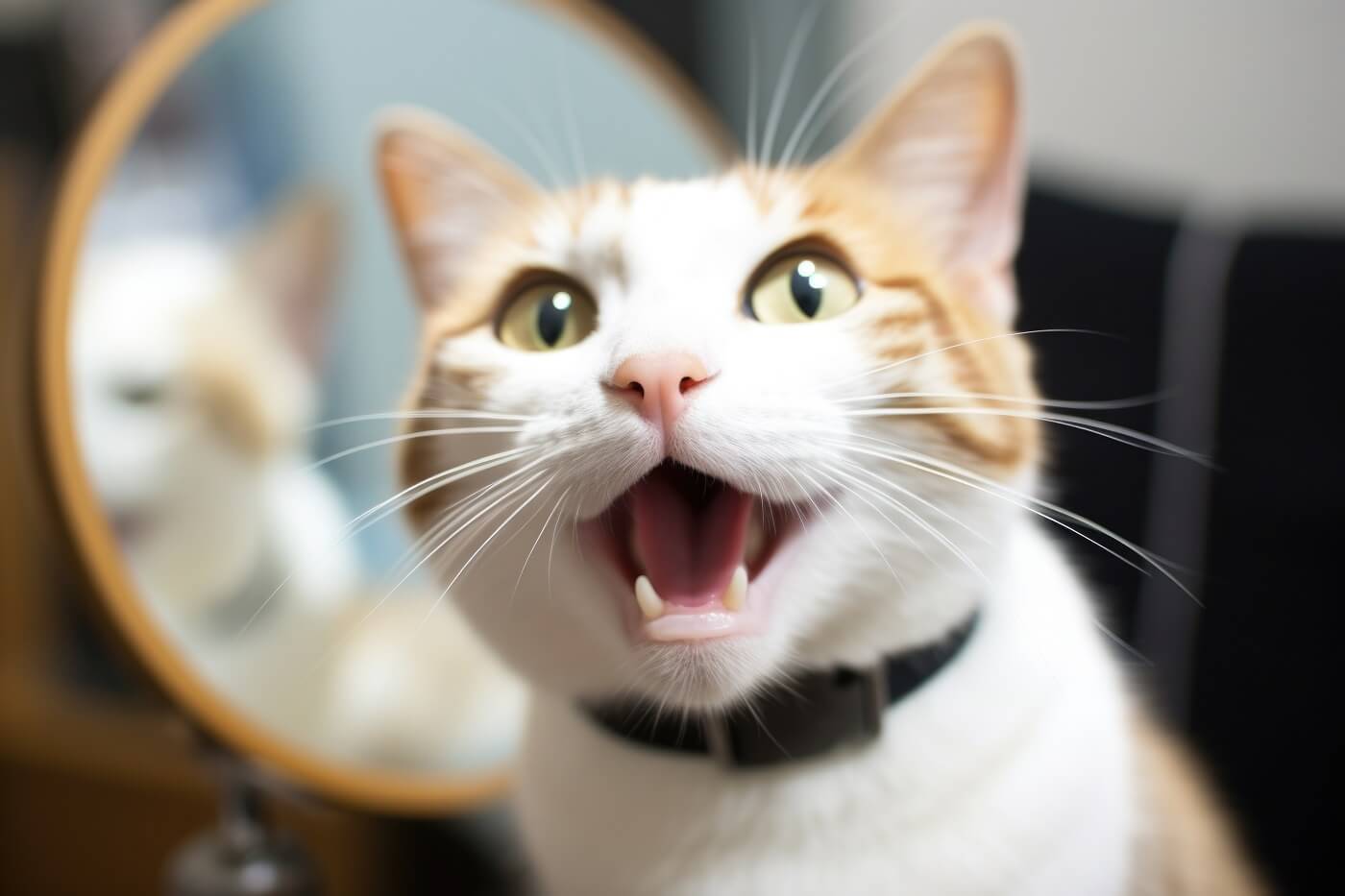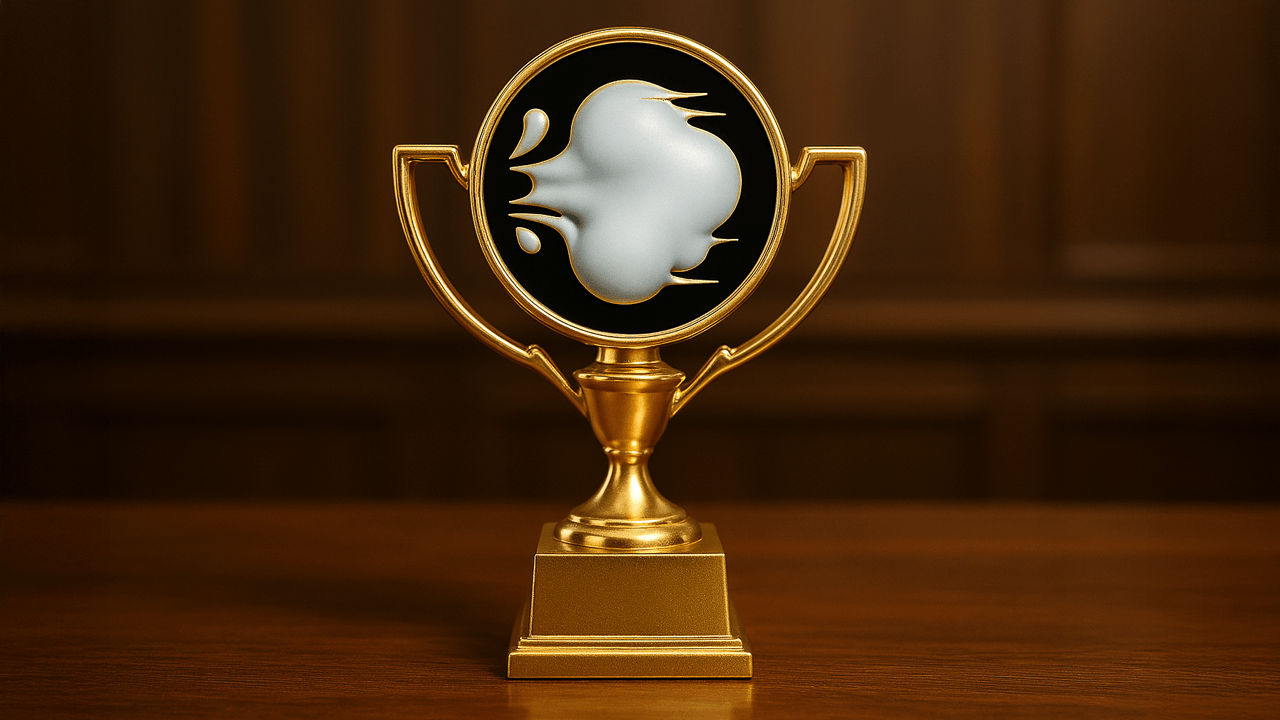Overcoming First Tee Nerves: Starting Strong in Golf with Golf Buffs like Joseph Migliorini
Stepping onto the first tee can be an intimidating moment for any golfer, whether they are a beginner or an experienced player. The pressure of an audience, the desire for a perfect first shot, and the natural anxiety that comes with competition can make even the most confident golfer feel uneasy. These nerves, however, are a natural part of the game. Managing first tee nerves begins with preparation and mindset. By developing a consistent pre-shot routine and focusing on positive thoughts, golfers can shift their energy from anxiety to confidence. Golf buffs like Joseph Migliorini mention that mental strategies play a key role in calming nerves, allowing players to approach their opening shot with clarity and composure. Beyond mental preparation, physical readiness also contributes to a strong start. Proper warm-ups, breathing exercises, and controlled movements help golfers stay relaxed. With the right techniques, players can turn their nerves into motivation and begin their round with confidence and control. Understanding First Tee Anxiety Nervousness on the first tee is common among golfers of all skill levels. The fear of making mistakes in front of others can create pressure, affecting focus and execution. This anxiety often leads to rushed swings, poor ball contact, and an unsettled start to the round. A major factor behind first tee nerves is the expectation of perfection. Many golfers feel the need to impress their playing partners or prove their abilities. However, golf is a game of patience and consistency, and a single shot does not define an entire round. Recognizing that nerves are normal helps golfers manage them more effectively. By acknowledging anxiety without letting it control their game, players can approach their first shot with a balanced mindset. This shift in perspective reduces tension and allows for a smoother, more confident performance as noted by golf enthusiasts such as Joseph Migliorini. Developing a Strong Pre-Shot Routine A structured pre-shot routine is essential for maintaining focus and reducing anxiety. By following a consistent series of actions before each shot, golfers can create a sense of familiarity and control, even in high-pressure situations. Golf buffs including Joseph Migliorini believe that visualization is a key component of a successful routine. Imagining the desired shot, including trajectory and landing spot, helps golfers build confidence. This mental preparation shifts attention away from nerves and toward execution. Breathing exercises further enhance relaxation. Taking slow, deep breaths before stepping up to the ball calms the mind and body. A steady breathing pattern keeps tension at bay, allowing for a smooth and controlled swing on the first tee. Warming Up for a Confident Start Proper warm-ups play a crucial role in reducing first tee anxiety as emphasized by golf enthusiasts like Joseph Migliorini. A structured warm-up routine prepares the body for movement and helps golfers feel more in sync with their swings before they step onto the course. Stretching exercises improve flexibility and prevent stiffness. Simple movements, such as shoulder rotations and hamstring stretches, loosen the muscles and allow for a more fluid swing. A well-prepared body leads to a more confident approach. Taking a few practice swings with a relaxed grip promotes muscle memory. Hitting shots on the driving range before starting the round also helps golfers establish rhythm. When the body feels warmed up, the transition to the first tee becomes much smoother. Focusing on the Process, Not the Outcome Shifting attention from results to execution is a powerful way to overcome nerves. When golfers focus too much on hitting a perfect shot, they create unnecessary pressure. Instead, concentrating on the swing itself promotes a sense of control and relaxation. Breaking the first shot into simple steps helps maintain focus. Thinking about proper posture, alignment, and a smooth takeaway prevents mental distractions. By committing to the basics, golfers create a solid foundation for a controlled opening shot. Letting go of external distractions also improves performance. Instead of worrying about spectators or playing partners, golfers should center their thoughts on their own game. A calm, focused mindset leads to more confident and successful swings. Using Positive Self-Talk and Visualization. The way golfers talk to themselves significantly impacts their performance. Negative thoughts, such as fearing a bad shot, create doubt and increase tension. Instead, replacing those thoughts with positive affirmations helps build confidence. Repeating encouraging phrases, such as “trust your swing” or “stay relaxed,” reinforces a positive mindset. These reminders keep golfers focused on what they can control rather than potential mistakes. Golf buffs such as Joseph Migliorini express that a confident inner dialogue leads to smoother execution. Visualization enhance

Stepping onto the first tee can be an intimidating moment for any golfer, whether they are a beginner or an experienced player. The pressure of an audience, the desire for a perfect first shot, and the natural anxiety that comes with competition can make even the most confident golfer feel uneasy. These nerves, however, are a natural part of the game.
Managing first tee nerves begins with preparation and mindset. By developing a consistent pre-shot routine and focusing on positive thoughts, golfers can shift their energy from anxiety to confidence. Golf buffs like Joseph Migliorini mention that mental strategies play a key role in calming nerves, allowing players to approach their opening shot with clarity and composure.
Beyond mental preparation, physical readiness also contributes to a strong start. Proper warm-ups, breathing exercises, and controlled movements help golfers stay relaxed. With the right techniques, players can turn their nerves into motivation and begin their round with confidence and control.
Understanding First Tee Anxiety
Nervousness on the first tee is common among golfers of all skill levels. The fear of making mistakes in front of others can create pressure, affecting focus and execution. This anxiety often leads to rushed swings, poor ball contact, and an unsettled start to the round.
A major factor behind first tee nerves is the expectation of perfection. Many golfers feel the need to impress their playing partners or prove their abilities. However, golf is a game of patience and consistency, and a single shot does not define an entire round.
Recognizing that nerves are normal helps golfers manage them more effectively. By acknowledging anxiety without letting it control their game, players can approach their first shot with a balanced mindset. This shift in perspective reduces tension and allows for a smoother, more confident performance as noted by golf enthusiasts such as Joseph Migliorini.
Developing a Strong Pre-Shot Routine
A structured pre-shot routine is essential for maintaining focus and reducing anxiety. By following a consistent series of actions before each shot, golfers can create a sense of familiarity and control, even in high-pressure situations.
Golf buffs including Joseph Migliorini believe that visualization is a key component of a successful routine. Imagining the desired shot, including trajectory and landing spot, helps golfers build confidence. This mental preparation shifts attention away from nerves and toward execution.
Breathing exercises further enhance relaxation. Taking slow, deep breaths before stepping up to the ball calms the mind and body. A steady breathing pattern keeps tension at bay, allowing for a smooth and controlled swing on the first tee.
Warming Up for a Confident Start
Proper warm-ups play a crucial role in reducing first tee anxiety as emphasized by golf enthusiasts like Joseph Migliorini. A structured warm-up routine prepares the body for movement and helps golfers feel more in sync with their swings before they step onto the course.
Stretching exercises improve flexibility and prevent stiffness. Simple movements, such as shoulder rotations and hamstring stretches, loosen the muscles and allow for a more fluid swing. A well-prepared body leads to a more confident approach.
Taking a few practice swings with a relaxed grip promotes muscle memory. Hitting shots on the driving range before starting the round also helps golfers establish rhythm. When the body feels warmed up, the transition to the first tee becomes much smoother.
Focusing on the Process, Not the Outcome
Shifting attention from results to execution is a powerful way to overcome nerves. When golfers focus too much on hitting a perfect shot, they create unnecessary pressure. Instead, concentrating on the swing itself promotes a sense of control and relaxation.
Breaking the first shot into simple steps helps maintain focus. Thinking about proper posture, alignment, and a smooth takeaway prevents mental distractions. By committing to the basics, golfers create a solid foundation for a controlled opening shot.
Letting go of external distractions also improves performance. Instead of worrying about spectators or playing partners, golfers should center their thoughts on their own game. A calm, focused mindset leads to more confident and successful swings.
Using Positive Self-Talk and Visualization.
The way golfers talk to themselves significantly impacts their performance. Negative thoughts, such as fearing a bad shot, create doubt and increase tension. Instead, replacing those thoughts with positive affirmations helps build confidence.
Repeating encouraging phrases, such as “trust your swing” or “stay relaxed,” reinforces a positive mindset. These reminders keep golfers focused on what they can control rather than potential mistakes. Golf buffs such as Joseph Migliorini express that a confident inner dialogue leads to smoother execution.
Visualization enhances mental preparation. Before stepping onto the first tee, golfers can picture themselves making a strong, fluid swing. By mentally rehearsing success, they reduce anxiety and increase their chances of a solid start.
Embracing Experience and Growth
Every golfer experiences first tee nerves at some point, but over time, exposure to pressure builds resilience. The more players face this challenge, the more comfortable they become with handling their emotions and starting rounds confidently.
Learning from past experiences helps golfers improve. Instead of dwelling on a poor opening shot, they can analyze what went wrong and adjust their approach. Each round offers a new opportunity to refine techniques and build mental strength.
Ultimately, confidence grows through practice and perseverance. By continuously working on mental and physical preparation, golfers develop the ability to manage nerves effectively. Overcoming first tee anxiety becomes an essential part of mastering the game.
Managing first tee nerves is a crucial skill that every golfer must develop. Anxiety is natural, but with the right strategies, it can be transformed into focus and confidence. A strong pre-shot routine, effective warm-ups, and positive mental habits help golfers start their rounds with clarity.
Emphasizing process over outcome reduces unnecessary pressure. By focusing on execution rather than perfection, golfers free themselves from distractions and allow their natural skills to take over. This shift in mindset fosters a more enjoyable and successful performance.
Over time, experience and self-awareness contribute to long-term growth. Each round presents an opportunity to refine techniques and strengthen mental resilience. By embracing the challenge, golfers can turn first tee nerves into an advantage, setting the tone for a great game ahead.



























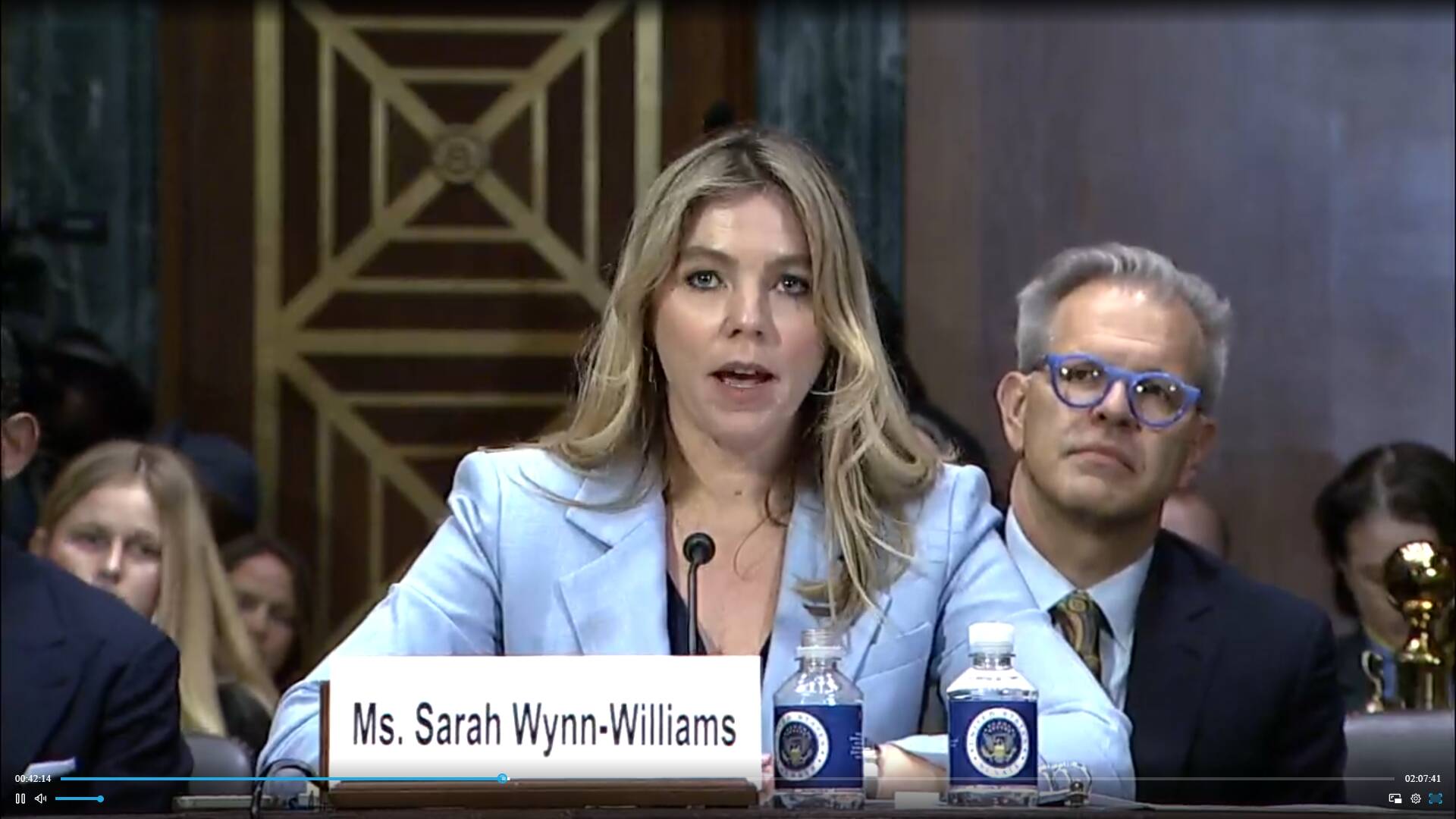














































































































































![[The AI Show Episode 143]: ChatGPT Revenue Surge, New AGI Timelines, Amazon’s AI Agent, Claude for Education, Model Context Protocol & LLMs Pass the Turing Test](https://www.marketingaiinstitute.com/hubfs/ep%20143%20cover.png)





























































































































































































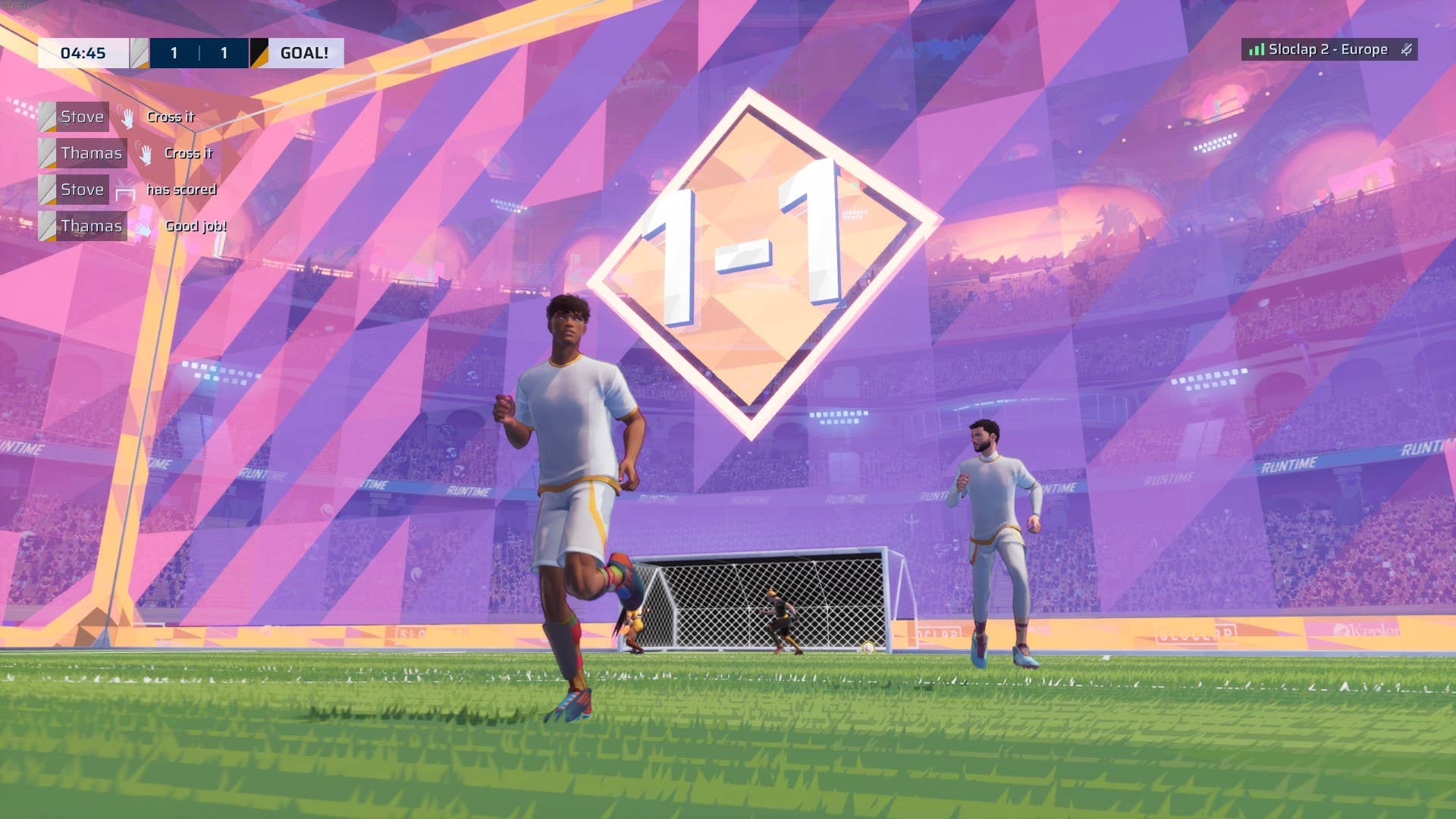


















































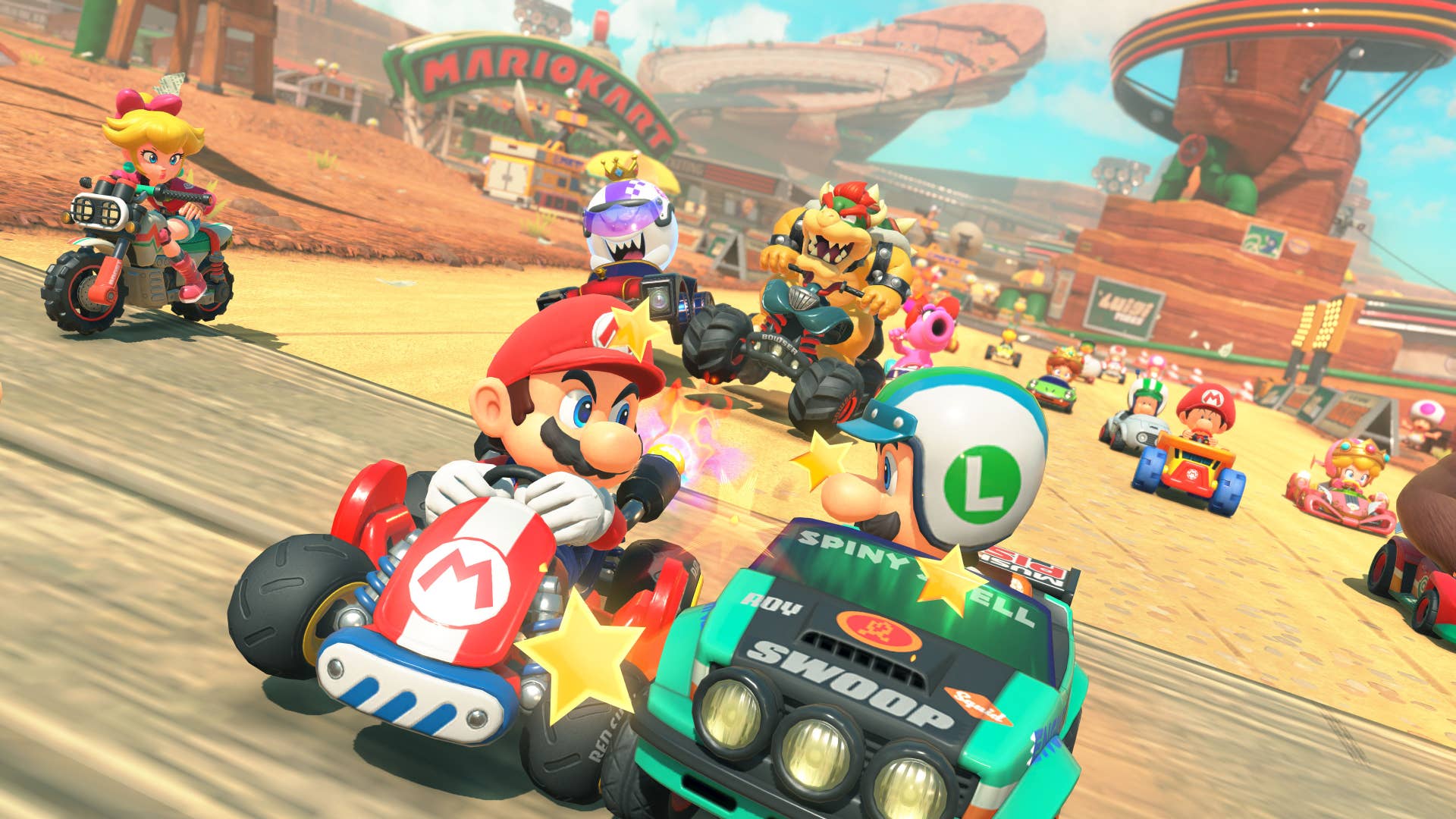

























.png?#)





















































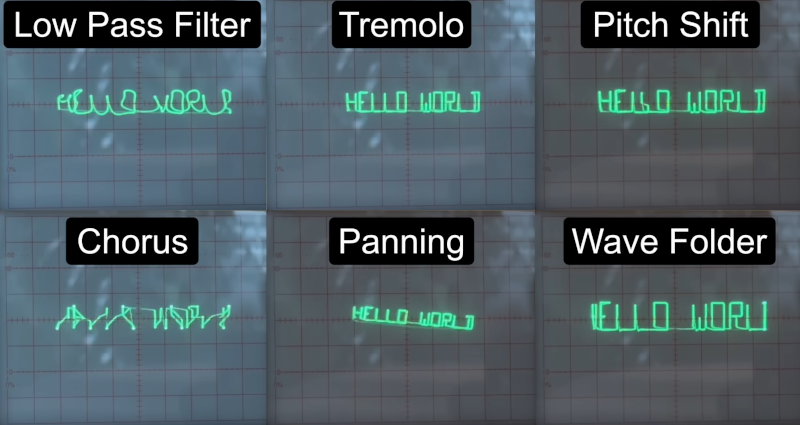

























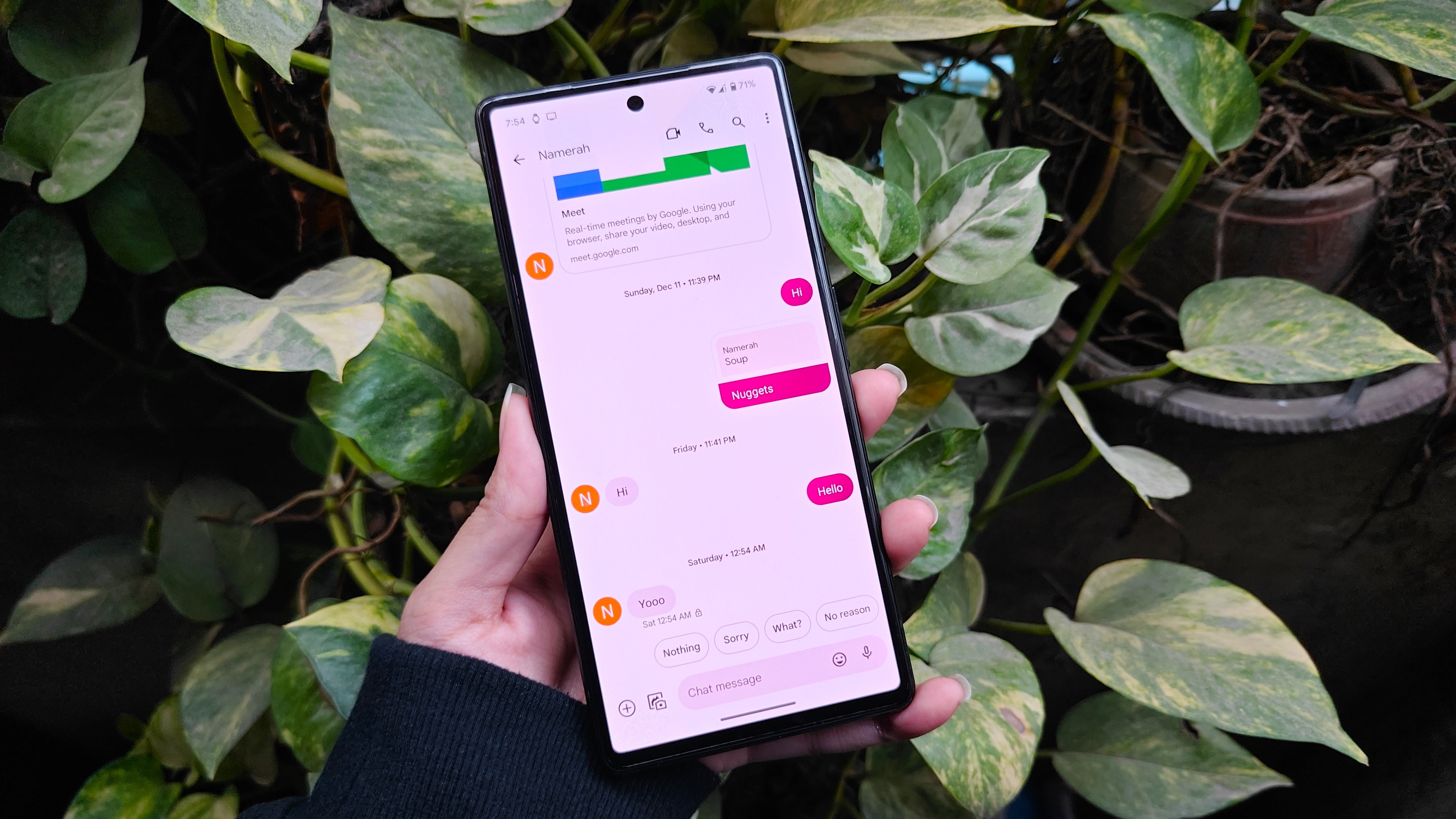























![Apple Posts Full First Episode of 'Your Friends & Neighbors' on YouTube [Video]](https://www.iclarified.com/images/news/96990/96990/96990-640.jpg)

![Apple May Implement Global iPhone Price Increases to Mitigate Tariff Impacts [Report]](https://www.iclarified.com/images/news/96987/96987/96987-640.jpg)
![Apple Aims to Launch Revamped Siri This Fall After AI Setbacks [Report]](https://www.iclarified.com/images/news/96984/96984/96984-640.jpg)



































































![[Weekly funding roundup April 5-11] VC inflows into Indian startups remain subdued](https://images.yourstory.com/cs/2/220356402d6d11e9aa979329348d4c3e/WeeklyFundingRoundupNewLogo1-1739546168054.jpg)





























